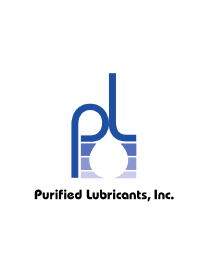Historically, users of oil analysis have relied almost exclusively on commercial oil analysis laboratories or oil suppliers to identify when a machine is in alarm. Realizing the limitations of this approach, world-class organizations are taking charge of their own alarm settings to ensure that their specific objectives are met. The advent of sophisticated oil analysis software has put this objective within reach of most anyone who desires it.





